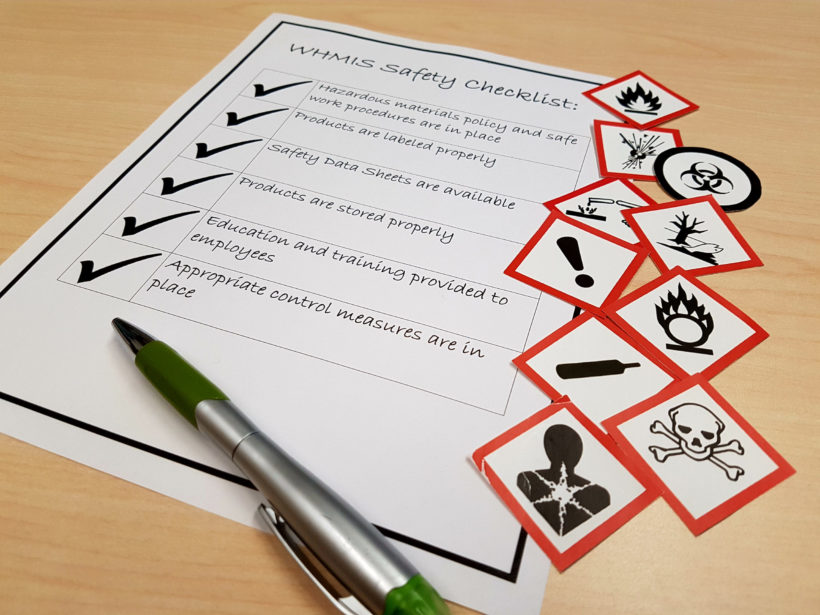Is your business burdened by rising workers’ compensation costs? If so, you are not alone. Kapnick can help. Our five-step plan helps you establish a safety program that is both compliant with Occupational Safety and Health Administration (OSHA) standards and designed to stimulate continuous improvement, helping you spend fewer workers’ comp dollars through a holistic approach that protects your bottom line.
A Five-step Approach
Designed to promote a safe work environment, achieve OSHA compliance, reduce accidents and ultimately reduce workers’ compensation costs, the five steps are:
Step 1: Develop an OSHA-compliant Safety Program
Aside from being a requirement for employers, OSHA standards provide a good pathway to incident reduction. Companies with thoroughly developed OSHA-compliant programs have fewer accidents, more productive employees and lower workers’ compensation costs.
Step 2: Integrate the Program into Daily Operations
Policies alone won’t get results; the program must move from paper to practice to succeed. Putting a policy into practice requires a strategic plan clearly communicated to key participants, good execution of that plan based on developed competencies and a culture that inspires and rewards people to do their best.
Providing supervisors with knowledge and skills through training is critical to the success of any program. Additionally, safety programs focus on being proactive instead of reactive. Accident investigations provide an excellent source of information on real or potential issues present in the workplace.
Step 3: Investigate All Accidents
To reduce workers’ compensation costs, you must reduce your accidents. And the ability to reduce accidents is significantly enhanced when accidents are fully investigated instead of simply being reported.
Accident reports cite facts; accident investigations go deeper to uncover the root cause of an accident and make improvements to prevent its reoccurrence. This should be done for accidents of all sizes. If your emphasis is only on incidents that must be recorded on the OSHA 300 log, you close your eyes to the biggest accident category: first aid-only incidents. Many companies get upset about recordables or lost-time accidents because of the significant costs involved, but for every 100 accidents, 10 will be recordable and one a lost-time incident. If you investigate only recordables or lost time accidents, 89 of every 100 incidents go unnoticed.
Reducing serious accidents means you must reduce your overall rate of all accidents—including first aid-only incidents. That only happens when every incident is fully investigated to determine the root cause, and remedial actions are identified and integrated into the daily operation.
Step 4: Provide Safety-competence Training
Training plays a significant role in safety and in reducing workers’ compensation costs. Competence, more than anything else, will improve all aspects of your business and drive down costs. Supervisors must have the knowledge and ability to integrate the safety program into their specific areas of responsibility. All employees must know what is expected of them when it comes to implementing safe work procedures.
Step 5: Audit Program for Continuous Improvement
Once the programs are developed and implemented, they must be reviewed on a regular basis to make sure they are still relevant and effective.
This article was written by Amy DeKeyser, Vice President of Risk Solutions at Kapnick Insurance. Amy works with commercial accounts in all areas of loss control, safety and claims advocacy to reduce their total cost of risk. Kapnick is committed to helping you establish a strong safety program that minimizes your workers’ compensation exposures. Contact us today at [email protected] or 888.263.4656 to learn more about our OSHA compliance and safety program resources.





































